What is a group 65 battery?
A battery 65 refers to a specific size and type of automotive battery. Group 65 batteries typically have a 12-volt electrical system and are designed to provide high-cranking power to start the engine and power various electrical components in the vehicle. The dimensions of a group 65 battery are usually approximately 12.9 inches in length, 7.5 inches in width, and 7.6 inches in height.
What do group 65 batteries power?
65 series batteries are primarily used to power the electrical systems in larger vehicles such as trucks, SUVs, and vans. They provide the necessary electrical energy to start the engine by delivering a high cranking power. Additionally, group 65 batteries power various electrical components in the vehicle. They provide power for headlights, taillights, interior lights, and other lighting systems. The battery also supplies power to the ignition system, enabling the spark plugs to ignite the fuel-air mixture in the engine. Group 65 car batteries power the car's audio system, including the radio, speakers, amplifiers, and other audio accessories. They provide power to the heating and cooling systems, including the blower motor, fans, and air conditioning compressor. Group 65 batteries might also power various power accessories such as power windows, power seats, power mirrors, and power locks. They supply power to the vehicle's onboard electronics, including the engine control unit (ECU), sensors, and other electronic modules. Group 65 batteries can also power additional devices or accessories that may be installed in the vehicle, such as auxiliary lights, winches, or aftermarket equipment.
What are group 65 batteries made of?
Group 65 batteries are typically made of lead acid, which is a traditional and common type of battery technology. The battery consists of lead plates, lead oxide, and an electrolyte solution of sulfuric acid. The lead plates are immersed in the electrolyte solution, and a chemical reaction occurs when the battery is charged or discharged. This chemical reaction then generates electrical energy which is then used to power the vehicle's electrical system. The lead-acid battery technology has been widely used in the automotive industry for many years due to its reliability and affordability.
How do group 65 batteries work?
Group 65 batteries work based on the principles of electrochemical reactions. Inside the battery, there are two lead plates: a positive plate coated with lead dioxide (PbO2) and a negative plate made of pure lead (Pb). These plates are immersed in a solution of sulfuric acid (H2SO4), which acts as the electrolyte. A chemical reaction occurs when the battery is connected to some sort of circuit. The sulfuric acid dissociates into ions, and the lead plates react with these ions. At the positive plate, lead dioxide combines with hydrogen ions (H+) from the sulfuric acid to form water (H2O). This releases electrons, creating an excess of electrons at the negative plate. The excess electrons at the negative plate create a potential difference, or voltage, between the positive and negative terminals of the battery. This voltage can be harnessed to power various things. When the size 65 battery is being charged, the process is reversed. An external power source applies a higher voltage to the battery, causing a chemical reaction that converts lead sulfate (PbSO4) on both plates back into lead dioxide and lead. This process replenishes the battery's energy stores, readying it for the next discharge cycle.

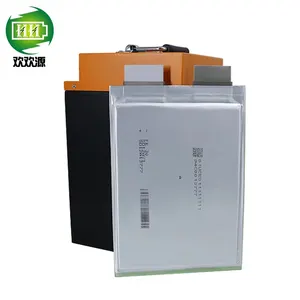

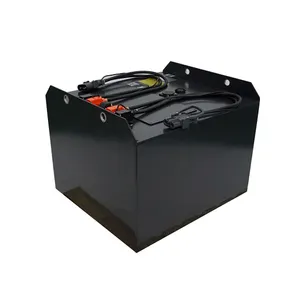



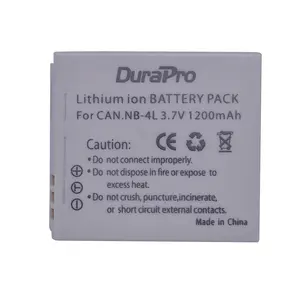











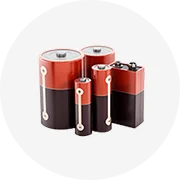

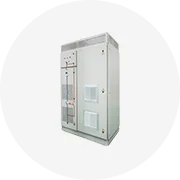



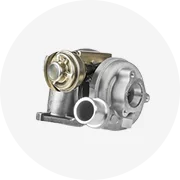
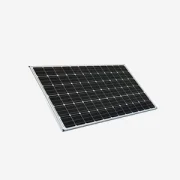








 浙公网安备 33010002000092号
浙公网安备 33010002000092号 浙B2-20120091-4
浙B2-20120091-4